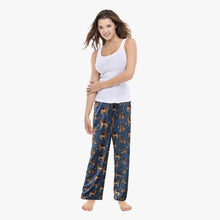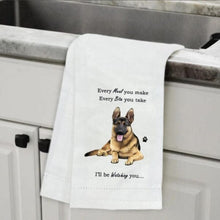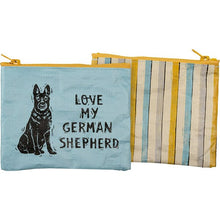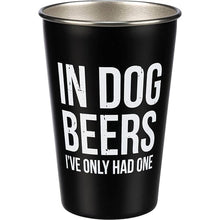Long Hair VS Short Hair, Which German Shepherd Is Better For You?
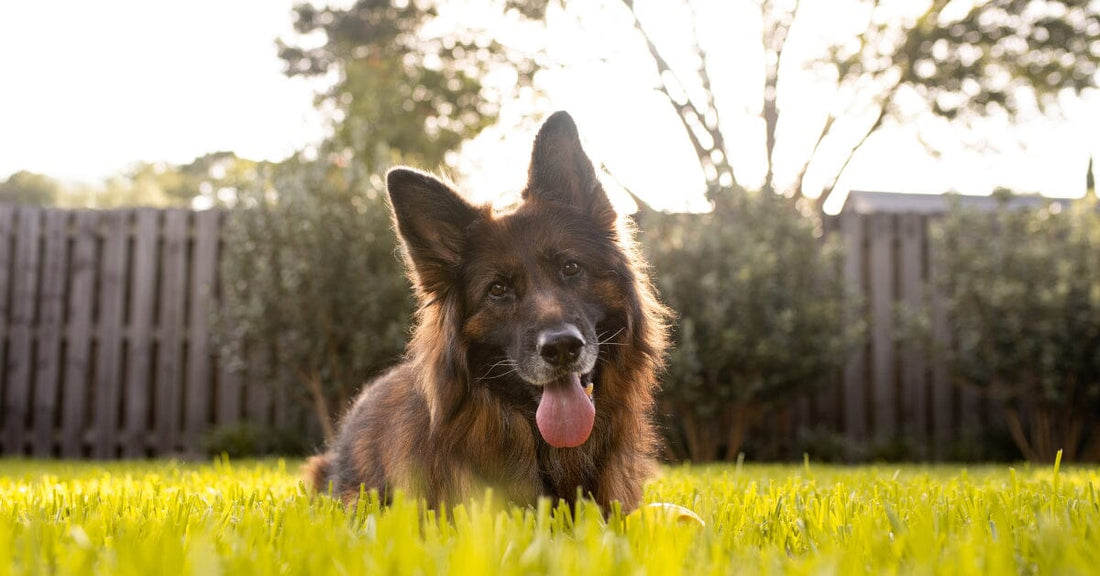
The most recognized dogs in the world are German Shepherds. And they are the second most popular dog in the United States for a good reason. Not only are they beautiful to look at, but they are also smart, loyal, and very athletic.
They’re often seen working alongside law enforcement and the military, but they are also a popular choice for movies and television. But perhaps they’re the most spellbinding when seen running like the wind through a park or down a sandy beach.

German Shepherd colors
German Shepherds come in many colors and patterns, some more recognizable than others. Most people are familiar with the classic black and tan but they also come in red and black, black and silver, black and cream, bi-color, black, sable, liver, white, and blue, and there is even a genetic mutation that creates a panda Shepherd with black, white and brown markings.

German Shepherd patterns
Along with a variety of colors, they also come in different patterns, such as solids, bi-color, blankets, saddleback, and shades of sables. The panda gene mutation creates symmetrical markings in the various color patterns.
According to the American Kennel Club breed standard, “the German Shepherd Dog varies in color, and most colors are permissible. Strong rich colors are preferred. Pale, washed-out colors and blues or livers are serious faults. A white dog must be disqualified.”

Short-hair German Shepherds
Short-haired German Shepherds have thick double coats that are typically medium in length. Some working lines will have slightly shorter, more wiry fur while the classic Shepherds have fur that is somewhat softer.

Long-hair German Shepherds
But, there is also a rarer coated German Shepherd, also known as the long hair, long coat, or plush coat. These German Shepherds are stunning to look at and have long, silky fur. Some even have a single layer of fur and are missing their dense undercoat (which is a disqualification from AKC exhibitions).
These gorgeous long-haired German Shepherds are the same size as medium-coated dogs and they share the same lifespan. They also come in a variety of colors and patterns. Their beautiful coats are a result of a recessive gene that both parents must carry. Breeding pairs can produce both long and medium-coated puppies in the same litter.

Long coats can appear in working and show lines. Their coat doesn’t change their temperament, drive, or personality. Both long and medium-coated dogs are protective, athletic, and very smart. What will set them apart from each other is their genetics, breeding, and lineage. Long coats, however, are less commonly seen in working lines.
Although long coats are recognized by the AKC, their longer fur is considered a minor defect. The ideal standard for the breed is a “Double coat of medium length. The outer coat should be as dense as possible, the hair straight, harsh, and lying close to the body. A slightly wavy outer coat, often of wiry texture, is permissible. The head, including the inner ear and fore face, and the legs and paws are covered with short hair, and the neck with longer and thicker hair. The rear of the forelegs and hind legs has somewhat longer hair extending to the pastern and hock, respectively. Faults in coat include soft, silky, too long outer coat, woolly, curly, and open coat.”

Is the short or long coat right for you?
Both long and short-coated German Shepherds shed year-round and require constant grooming. Despite popular belief, long-haired dogs don’t shed more than short hair but since their hair is longer and finer, it may seem that way when it floats all over the house.
Long coats typically need more grooming to keep their fur silky, shiny, and in good condition. They also tend to pick up more dirt, stickers, grass, and twigs than dogs with denser, shorter coats, so that can make them more work.

If you find yourself smitten with the long-coated beauties and decide you want one of your own, the most important deciding factor should be their breeding rather than their appearance. For instance, if you want an active companion, you won’t want a high-drive working line German Shepherd, no matter what kind of coat they have.
You’ll want to find a breeder or rescue that offers a dog that fits into your lifestyle before choosing one for its appearance. Both long and short-haired dogs will require lots of exercise, training, time, and attention. Both live 10-12 years and require plenty of activity every day.

The differences in their lineage and breeding will determine their drive, intensity, personality, and work ethic. Working line dogs bred to do real jobs require much more activity, training, and mental challenges than the typical family can provide.
If you’re ready to put in a little extra work to care for the coat of a gorgeous long-haired German Shepherd, find a dog or puppy that fits into your lifestyle first. Then, you’ll enjoy your new best friend for years to come.

We hope you found this article helpful. As always, please feel free to share with your friends.
You might also like: The Coat, Pattern, And Colors Of The German Shepherd Dog



